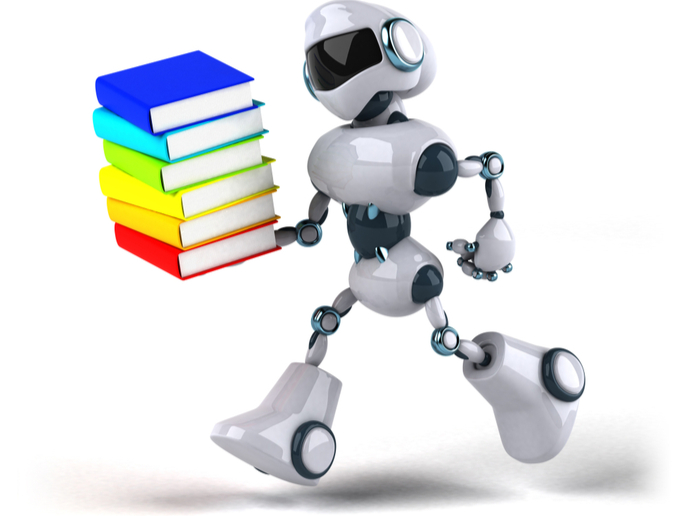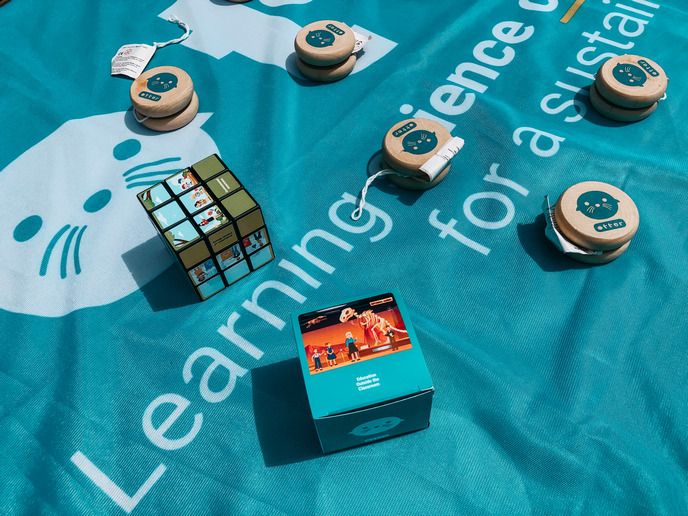Robots help young learners acquire a second language more easily
Many people consider learning a second language important to their children’s future. Further, new language acquisition has become an essential tool for healthy integration and economic opportunity with migration one of the key components of population change. EU-funded scientists initiated the L2TOR project to investigate how a social robot can be used as a tutor to support preschool children in learning a second language. Robots get an ‘A’ in many areas Previous studies have shown that robots can help kids learn maths or geography. According to project coordinator Prof. Tony Belpaeme, “Children and adults tend to learn more when a lesson is delivered by a robot than by an alternative technology, such as a computer or tablet. The social nature of the robot resonates with us.” Robots are non-judgmental and infinitely patient, a great support to kids lacking self-confidence. Further, they can provide undivided attention and individualised progression. Researchers decided to see what a robot can do for small children learning a second language, a case where the near-perfect accent is one more benefit. Award-winning study points to limitations L2TOR focused on children around five years old, an age at which a new language can be acquired with native proficiency. In a study of approximately 200 Dutch-speaking children, a fourth of the children learned English with a robot who gestured, a fourth with a robot who did not gesture, a fourth with a tablet, and a fourth had no second language teaching. As Belpaeme relates, “We took a long-term perspective, spending over three months with each child. This is unheard of.” Surprisingly, the team found that the children did not learn better with the robot, whether gesturing or not. The results are enlightening in many ways. Critically, speech recognition is still technically quite challenging when it comes to small children. The robot did not understand the children much of the time, requiring interaction via tablet rather than conversation. Similarly, reading and writing may support second-language learning. However, these are not skills a five-year old has typically acquired. Both point to the need for a study with older children. Finally, the large study employed an equivalent training programme for all children to ensure a well-controlled baseline. Future experiments will have the robot adapt its techniques to the child’s learning profile and personality to maximise gains. L2TOR was the first study using robots for second language teaching. The paper presenting the results won the prestigious ‘Best Full Paper Award on HRI User Studies’ at the 14th Annual ACM/IEEE International Conference on Human-Robot Interaction (HMI). Outcomes suggest that preschool children may not be the most appropriate given the robot’s difficulties with speech recognition in young children. Further research with older children is needed. According to Eurostat, there were 2.4 million immigrants to the EU from non-member countries in 2017, so a tool for language learning among primary-school kids in this large and often vulnerable population would have important impact. In the meantime, robots are patient and motivating and could be superb helpers in busy classrooms.
Keywords
L2TOR, robot, children, language, second language, learning, preschool, speech recognition







